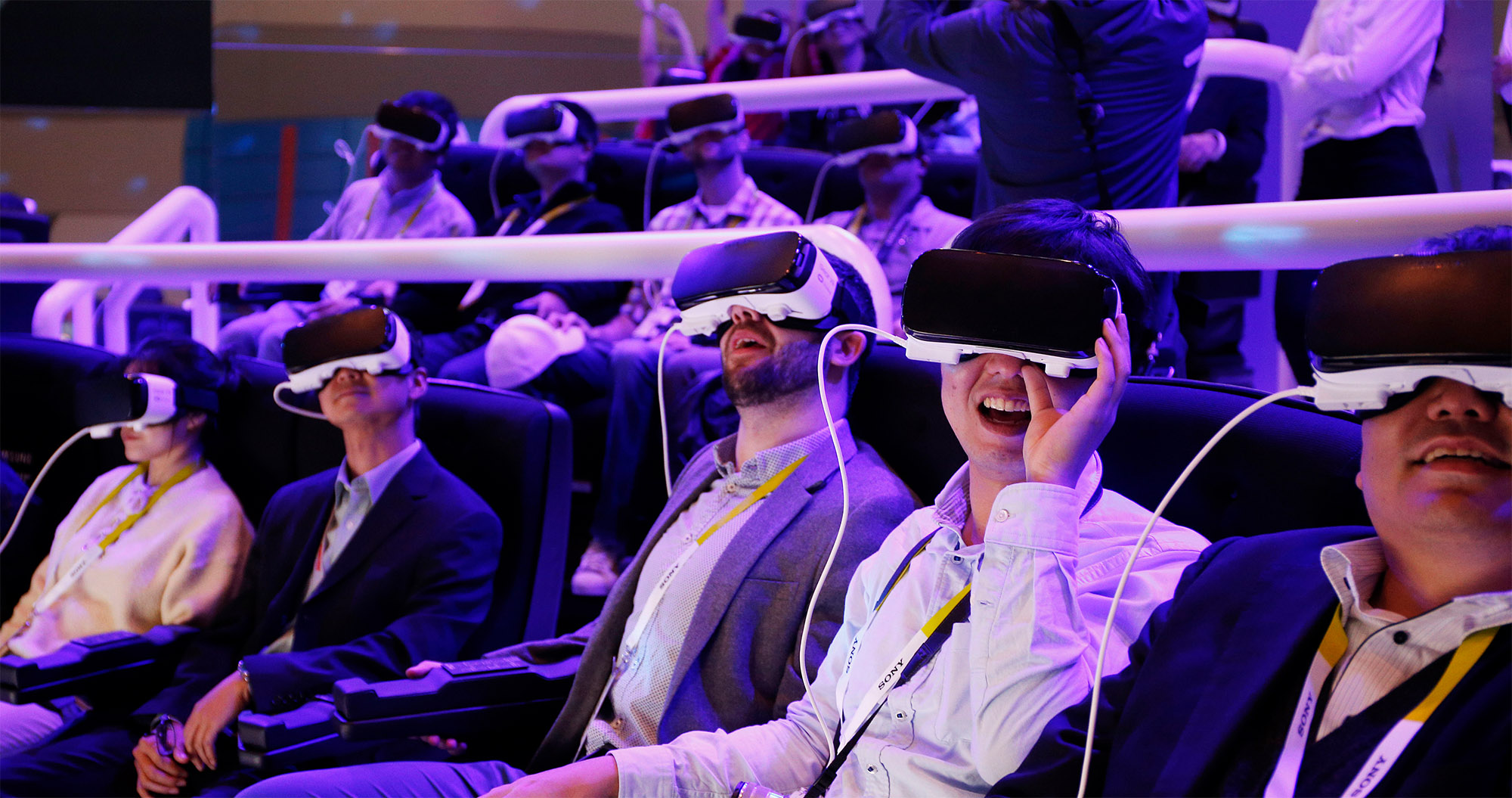If you are a tech geek, you are probably familiar with the terms augmented reality and virtual reality.
If you are Joe Public, though, you probably haven’t heard much about either of them. Until Pokemon Go, that is.
When Pokemon Go exploded into everyone’s lives last month, AR and VR suddenly became cool buzzwords again. Articles about Pokemon Go started coming out of the woodwork. One even talked about Pokemon Go saving AR where Google Glass had failed.
Unfortunately, Pokemon Go isn’t actually a true AR game. Nevertheless, its success is a massive shot in the arm for both AR and VR. Investors and fans alike are now looking forward to the future of both mediums. A $12 billion jump in stock value and a 10% market share of all smartphones — all achieved in just the first two weeks — is nothing to sneeze at, after all.
The promise of VR and AR has always been enormous. Now, however we are closer than ever to making it an everyday reality. How close, you say? You will be surprised.
The Difference Between AR and VR
Both augmented and virtual reality tech aim to create immersive environments for their users. However, there is a subtle, but important difference between the two.
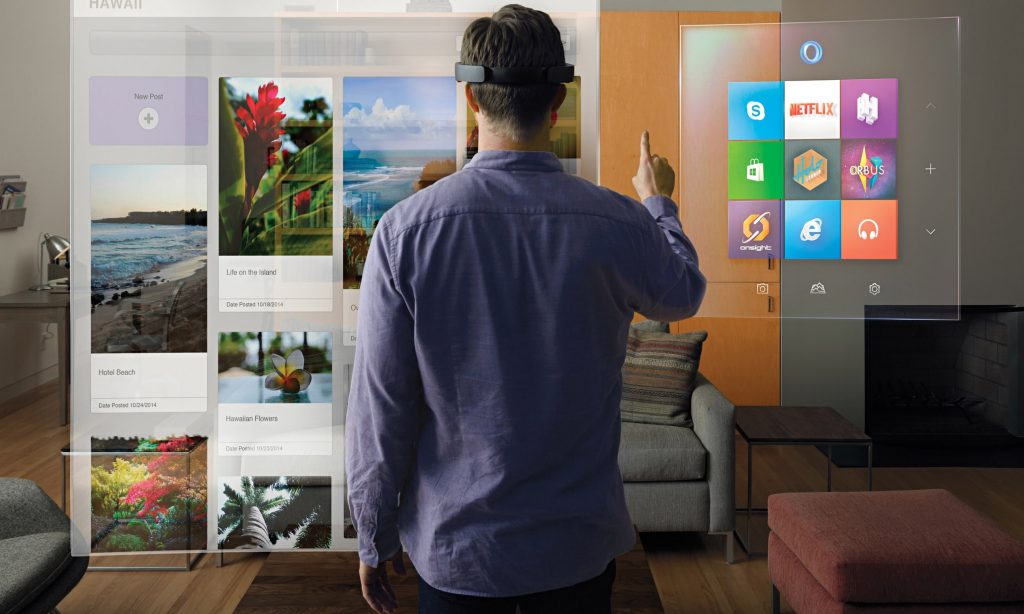
Augmented reality uses the actual, physical world and integrates digital elements into it. When you see holograms on Star Wars, for instance, that’s an example of augmented reality tech.
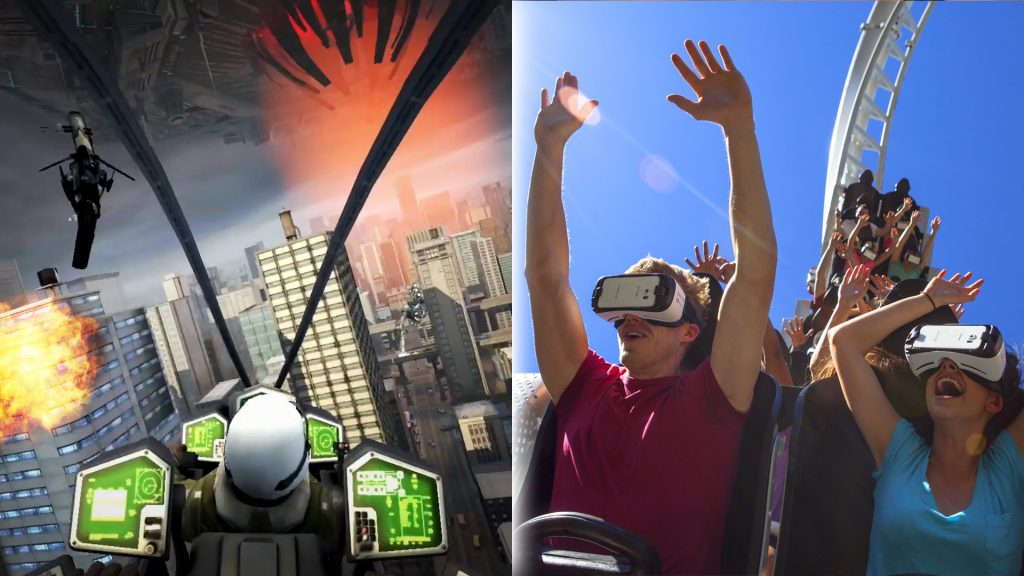
Virtual reality, however, creates internal, completely digital environments. These can be basically anything the developer wants them to be. In these environments, the user can do and be, potentially, anything they want.
VR sounds much more tantalizing than AR, doesn’t it? It’s why VR has a much deeper history than AR. Many have tried to tap into its limitless potential. But then, AR is no slouch either. The term was first coined in 1990. However, the lineage of AR tech stretches all the way back to the 60s.
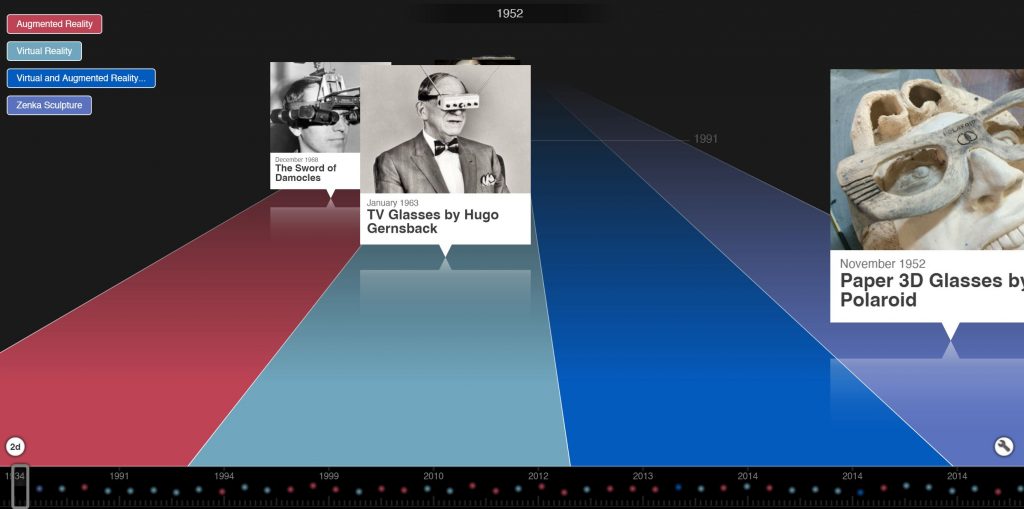
I found this beautiful, fully interactive timeline that sums up AR and VR’s history pretty effectively. Do check it out!
The design enthusiast in me is sad that I can’t create something so elegant (…yet). Then again, this saves me a lot of work and lets me move on faster to the exciting part of the post.
Where the Magic Happens
The potential applications for AR and VR are theoretically limitless. Here are some of the areas where exciting developments are taking place right now.
Gaming
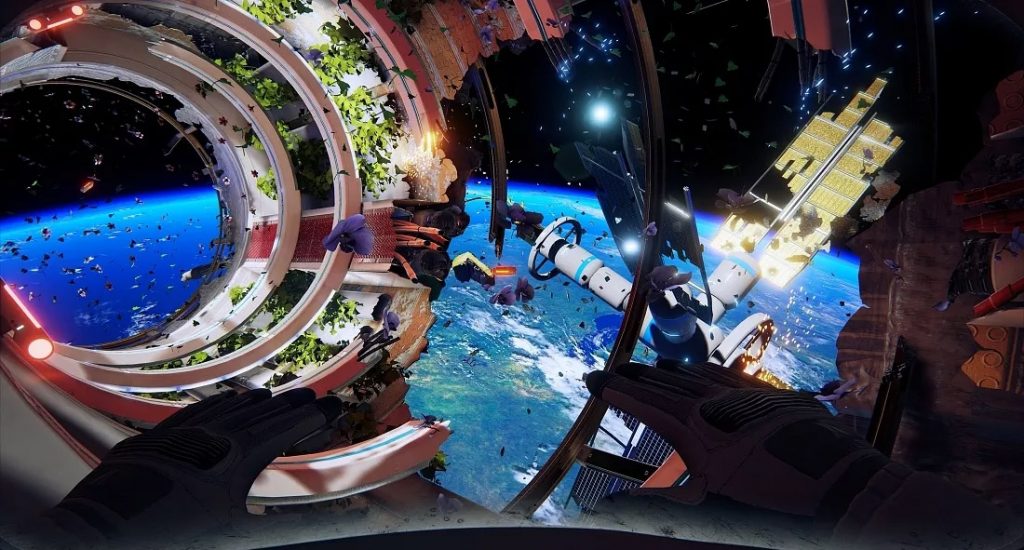
Gaming is the go-to-medium for VR apps, and for good reason. Seeing and interacting with the game world around you, in actual scale is something that has to be experienced to be truly understood.
Imagine being Iron-man, flying through the skies and taking out bad guys. Imagine actually being in a horror game and coming face to face with terrible, frightening beings.
VR has the ability to revolutionize gaming. In fact, I believe that that it’s the future of AAA gaming experiences like the Witcher 3 and Call of Duty today. It will also lead to lots of new games that you can’t really pull off effectively on a monitor right now.
The good news is that lots of developers are working on creating VR games right now. In 2016, over 100 VR games will coming out on the Oculus platform alone. So there’s lots of options to explore if you want to get your feet wet with VR gaming.
The future of gaming with AR is muddier when compared to VR. While Pokemon Go is a pleasant precursor for what can be done with AR gaming, the major focus of AR tech is on productivity as opposed to entertainment.
Entertainment
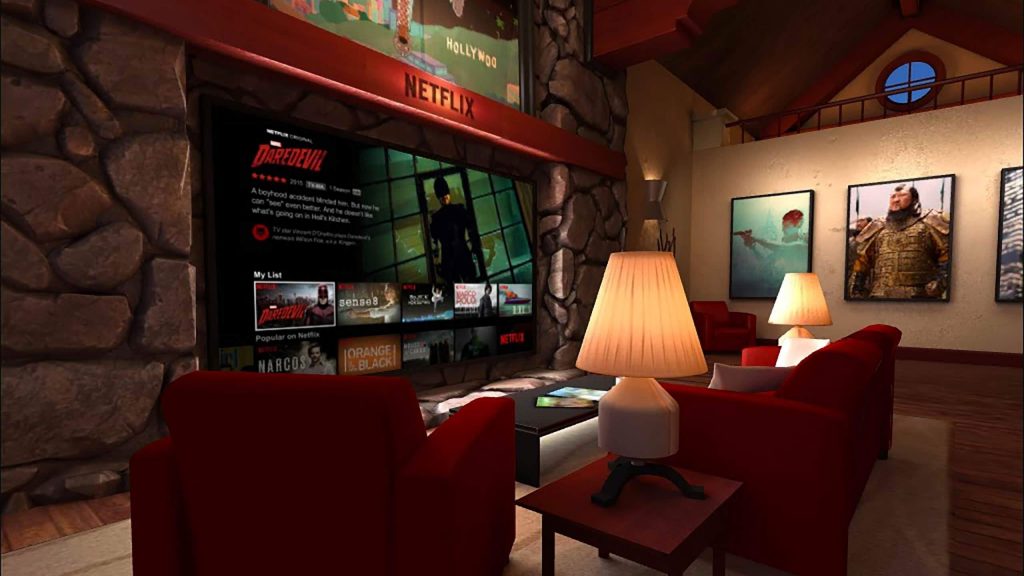
This is another field where VR is already ahead of AR.
Streaming services such as Netflix and Hulu already have VR apps. These allow you to see movies and TV series on huge, theater-scale screens in immersive environments.
Tons of creators are working on 360-degree content with multiple POVs to switch from. There are lots of shorts already out there, which experiment with VR, to varying degrees of success.
Then there is the potential of doing virtual tours of famous tourist spots right there in your home. Go one step further and imagine being in a sports event or a concert right there among the crowd. That’s the cherry on top!
Communication
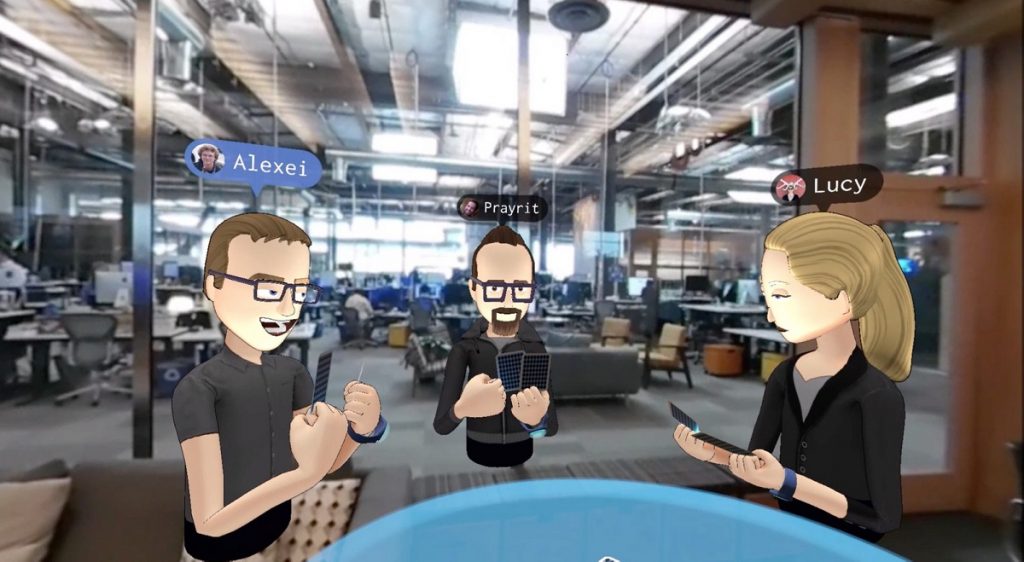
This is an avenue where I have to give AR a slight edge.
A handful of VR social platforms already exist. Here, you meet with various avatars of others in artificial environments. At this stage, it’s mostly a novelty. This might change soon, however.
Recently, Mark Zuckerberg demoed a new platform called Oculus Avatars. You can create virtual ‘rooms’ and meet up to 8 people in these rooms.
The avatars you use to interact with others are highly customizable. They can also mimic your facial expressions and gestures to an extent. Oculus isn’t shy to borrow elements from AR, either. The environments, for instance, can be superimposed on your actual surroundings.
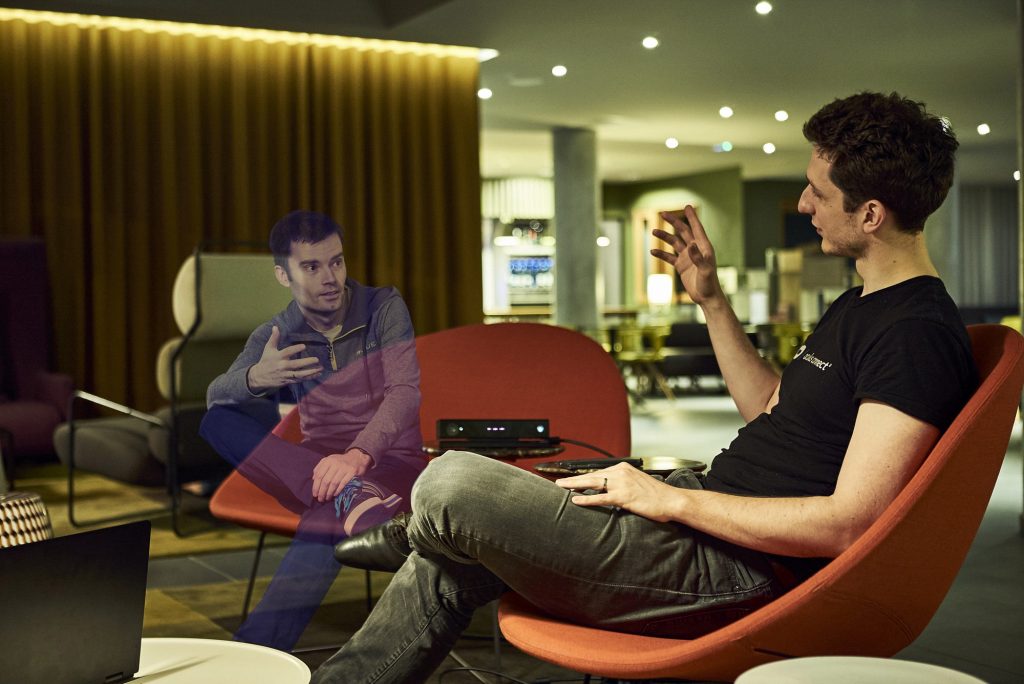
With AR, however, there is a strong possibility that you will be able to talk with actual holograms of others. That’s the obvious option to go for with AR. There are also other alternatives that developers can explore down the line.
As it stands, however, holograms are too much of a tantalizing prospect to ignore. I am pretty sure AR companies are fully aware of just how lucrative this market is.
Art and Design
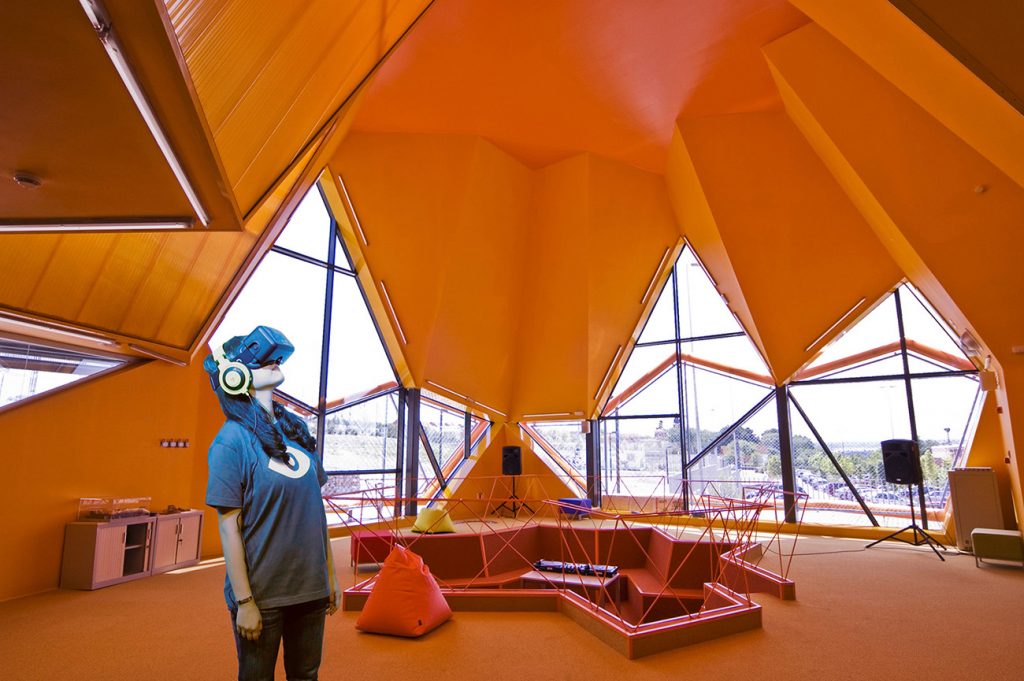
This is one field where I will say that both AR and VR has good prospects. The ability to sculpt objects with your own hands is going to be a key feature. Leap Motion’s Orion– which is currently in beta- already promises to do just that.
Design software for AR and VR are in a very nascent stage right now. Once it catches on, however, it’s going to be a great boon for designers working in a wide variety of fields. Imagine being an architect, creating your dream house brick by brick!
Healthcare
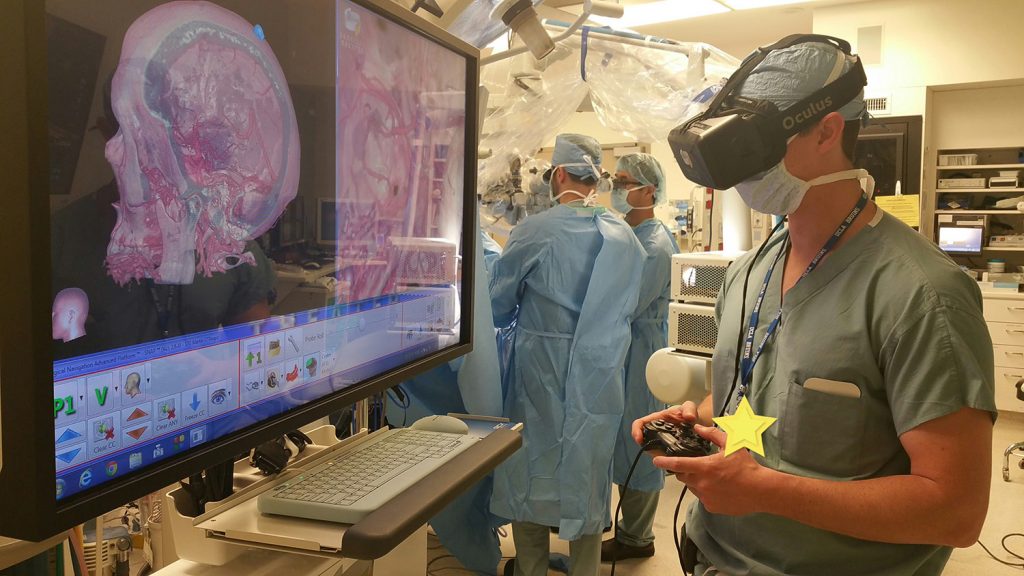
AR and VR tech will have complementary uses in healthcare. AR will be more effective for real-time treatments, especially surgeries. Startups like Augmendix are already building AR platforms for collecting and updating patient data in real time.

VR can be used for a wide variety of medical applications. A doctor could, for instance, walk through a virtual imaging of a patient’s brain; and a patient could just walk into a VR office to meet with the doctor right there in his home. You could also treat mental disorders such as PTSD by immersing patients in soothing, healing environments.
Headsets, Headsets Everywhere
The VR Gold Rush
The current rush for VR and AR wearables began around the same time. The pioneer in current VR, Oculus, began with a kickstarter campaign in 2012. It later shipped out a prototype ‘development kit’ headset in 2013.
Oculus later made headlines in March 2014 when it was acquired by Facebook. This prompted several big players such as HTC, Sony and Razer to throw their weight into the game as well.
The Heavyweights: Oculus and HTC
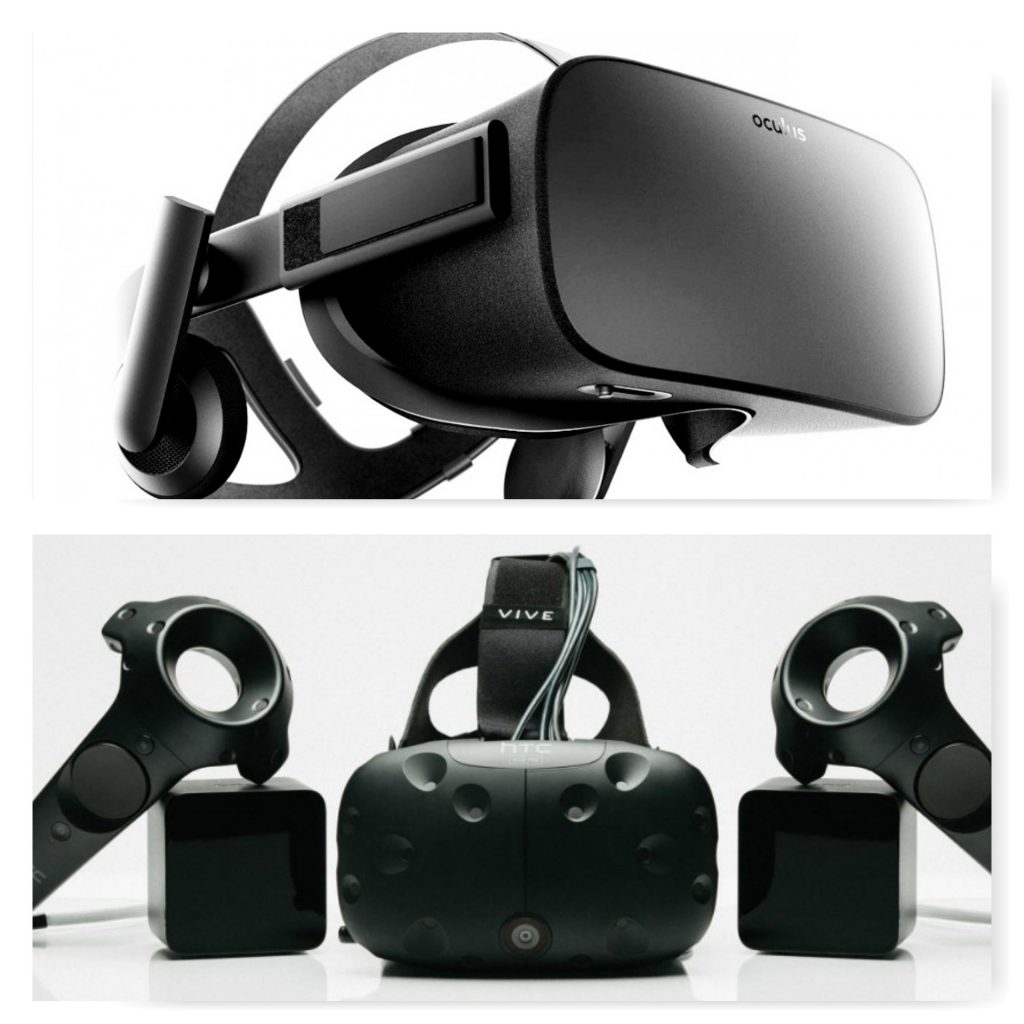
Currently, Oculus and HTC lead the pack when it comes to VR headsets. The consumer version of Oculus Rift started shipping just earlier this year in March. HTC Vive, born from a dream collaboration between HTC and PC gaming juggernaut Valve, arrived just a month later.
Both of them have comparable specs. The Vive’s unique motion controllers give it a slight edge over the Rift’s stock Xbox controllers. Vive’s array of sensors also give it more versatility and potential for immersion.
To be fair, Oculus still boasts a better apps library at the moment. The Vive is also a bit pricier ($799 compared to the Rift’s $599 tag).
Of course, to get run either of them comfortably you also need a healthy PC rig. This means you need to spend another $800 or more if you don’t have a PC already. Both HTC and Oculus are partnering up with brands such as Dell, Alienware and ASUS to provide PC and VR headset bundles.
The Gateway Drugs
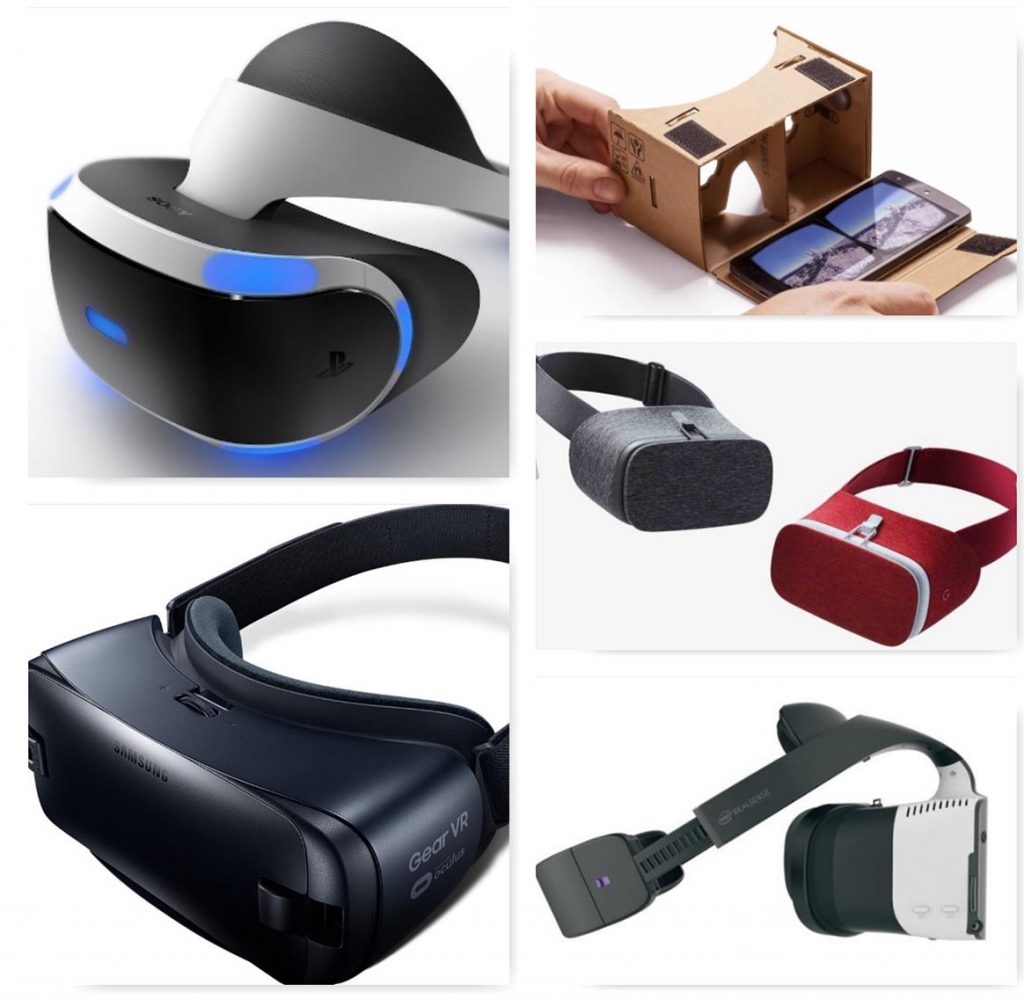
Playstation VR
If you are hesitant to splurge on top of the line hardware, you can also opt for Sony’s Playstation VR. It becomes available this October and is cheaper at $399. It’s especially convenient if you already own a Playstation 4. Using console hardware for VR will lead to noticeable downgrade in graphics, but that’s a compromise most console users are used to making by now. (Sorry, couldn’t resist that jab!)
However, the Playstation VR may have an edge with its content library. Some of the games advertised for the platform feature popular IPs such as Batman and Star Wars. What’s more, acclaimed developers like Rocksteady and ILM are working on them. These games can be key to attracting a sizeable userbase to the platform.
Samsung Gear VR
The sweet spot in entry level VR hardware has to be Samsung’s Gear VR. At a reasonable $99, the Gear VR uses your Galaxy smartphone to create VR environments. Access to Oculus’ diverse content library is also a major plus. It makes the device feel like a more complete VR experience instead of a throwaway novelty.
I got a Gear VR of my own recently to do some first-hand research for this post. You can check out my review if you want to know what I think of it overall!
Intel ‘Project Alloy’
Intel is also coming out with a wireless VR headset of its own codenamed ‘Project Alloy’. It will have a ‘merged reality’ feature that allows you to integrate real life objects in VR environments.
It will also feature support with Microsoft’s HoloLens technology and is going to be open source like Google Cardboard. So expect a lot of different headsets to come out when Project Alloy launches.
Google Cardboard
If you want to be a complete cheapskate, you can try out Google Cardboard. The original stock version ships for just $3.99, though there are a wide variety of 3rdparty headsets using the platform which are sell within the $19–69 range.
Cardboard has a very limited functionality, however — it only works well with 360 photos.
Google Daydream
Daydream is a big step up from the previous Cardboard platform. The $80 headset is light, flexible and tastefully stylish. Like the Gear VR, it works with flagship Android smartphones (Pixel and Pixel XL). Just announced at Google’s big hardware event, Daydream’s coming out at November. It’s well poised to be a compelling entry level VR experience and a serious contender for the Gear VR.
A Taste of Things to Come
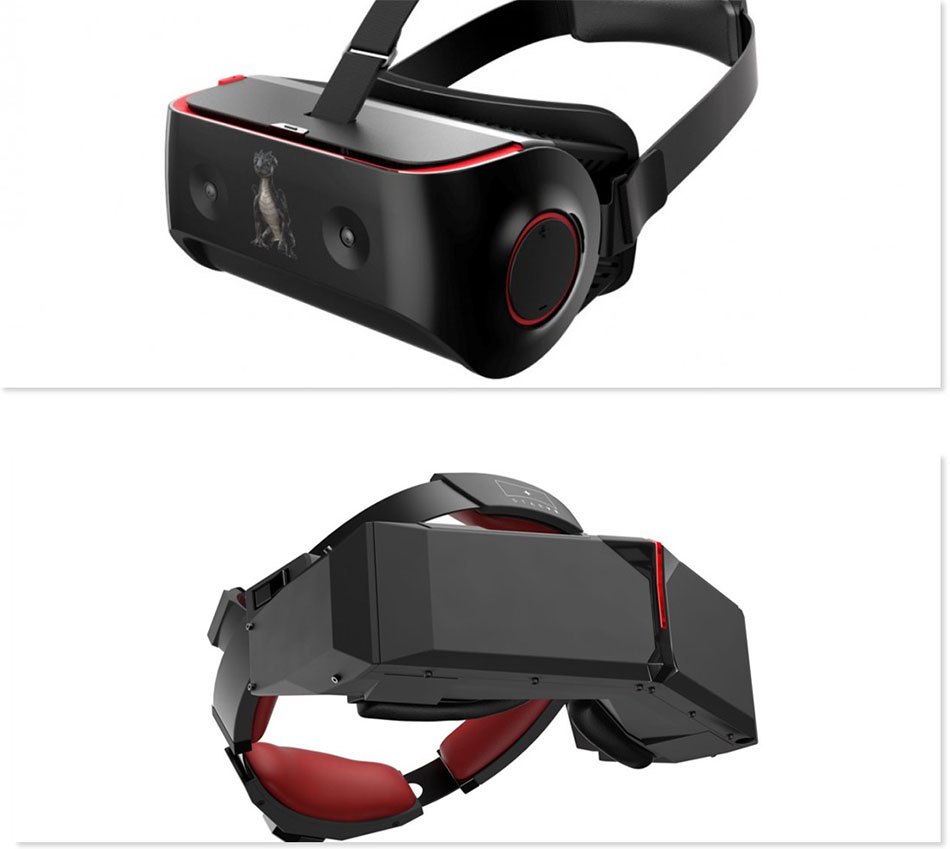
As good VR headsets are right now, they are only going to get better in the future. Qualcomm is working on a powerful smartphone-based headset called the Snapdragon VR820. With possible support of the Daydream platform, this looks to make a nice dent in the enthusiast market.
Also in development is the StarVR, which promises to deliver a a quality panoramic VR experience. Its massive 210-degree field-of-view is double that of mainstream headsets. Furthermore, its dual HD panels have a total resolution of 5120×1440. That’s more than enough to make even the most hardcore 4K enthusiast green with envy.
Google Glass Falls Short of Expectations
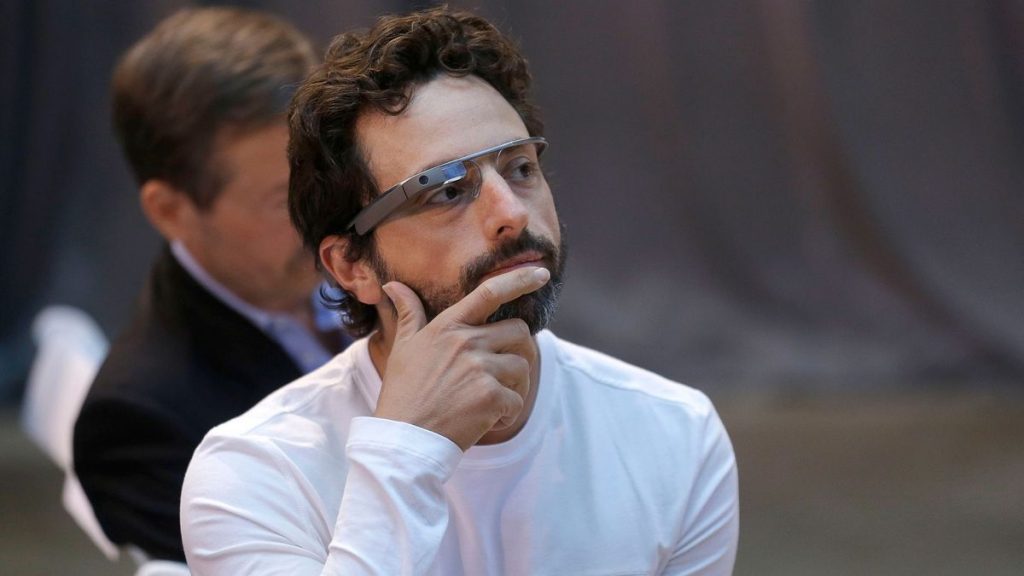
AR had a less auspicious start with the infamous Google Glass. It shipped as prototype to limited release in 2013 before becoming available to the public in 2014.
The Glass prototype was very much in its infancy. This meant that it couldn’t perform any of its functions well enough to compete with substitutes like smartphones.
The expensive price tag for Google Glass (a cool $1500) made it affordable for only a select few. It widened the unease of ‘haves and haves not’ between the Glass users and non-users. This impeded the flow of normal social interactions.
Many bars and restaurants started barring entry to Glass users. People even came up with a whole new slang for Glass users who wore their devices all the time. Questions of invasion of privacy, such as the possibility of being recorded by a Glass user without your consent, prompted legislative action.
The failure of the Google Glass experiment soured both user and developer enthusiasm for AR tech for a while. However, some big players, such as Microsoft with its Hololens tech and the secretive startup Magic Leap are looking to breathe life back into the AR industry.
Both are calling what their tech can do an example of ‘mixed reality’. It aims to blend the promises of both VR and AR to create new experiences.
Who Will Win the Race between AR and VR?
There’s a lot of ways to interpret this question, and thus a lot of ways to answer it. Let’s tackle some of them one by one.
First of all, we have seen that AR and VR often have complementary applications in various fields. So it’s not a zero sum game. AR and VR can definitely coexist.
If we talk about which tech will first see wide-scale commercial success, my bet’s on VR right now. The overall VR ecosystem has taken shape very quickly and the tech is catching up very quickly to solve the problems as they come up.
As complementary devices such as PCs and smartphones become more and more powerful, the abilities of VR headsets will also increase proportionally.
There’s also another more obvious, perverse reason for VR’s quicker success. The porn industry is betting in a very big way on VR porn. Porn has affected the direction of technology’s growth in the past as well. Many suggest that widespread availability of porn on VHS cassettes was a major contributor to the format’s victory over the competing Betamax tapes.
Does that mean that AR is a sinking ship? Far from it — AR is going to take longer to develop and reach maturity, but when it does, it’s going to blow up on a much larger scale than VR probably will.
The dichotomy between VR and AR is similar to that between PCs and smartphones. PCs are more powerful machines with more versatile capabilities, but smartphones have a much larger userbase due to their accessibility and portability.
Like with smartphones, AR is going to be the long-term winner here.
Is 2016 the Year of VR?
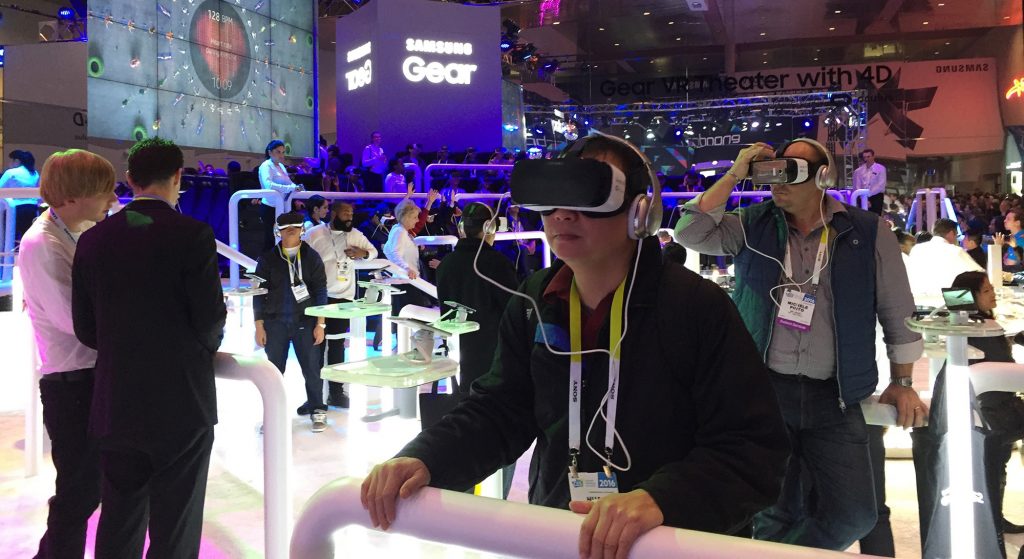
If you ask industry insiders, they will say ‘Yes, absolutely’. But if you ask, say a venture capitalist, the answer is more like to be ‘Maybe? But probably not.’
The currently available devices are only first-gen consumer grade tech, with plenty of room for improvement. While the content ecosystem is blossoming beautifully, there is a distinct lack of truly outstanding content. These platforms need ‘killer apps’ that drive product sales, like Halo did for the Xbox of old.
Mobile VR is likely to be the platform that will drive the highest adoption rates. At the moment, however, it’s stunted by the low batteries of most smartphones. This is likely to improve as more powerful batteries of around 5000 mah or more become the norm for VR-ready smartphones.
Overall, the state of VR in 2016 brings me to mind one of Peter Thiel’s mantras when it comes to building winning technology: build tech that is 10x better than current substitutes. VR doesn’t yet offer neither content nor hardware that can achieve that kind of a massive upgrade.
We Still Need to Wait, but Only a Little Bit More
While the age of VR and AR isn’t here yet, we only need to wait a little longer. Investors are ratcheting up their VR portfolios. The annual VR investment level was below $200 million in only 2013: by Q1 2016, it has skyrocketed past $1 billion. VR evangelist, Digi Capital, expects the VR and AR industry to reach a collective market size of $120 billion by 2020.
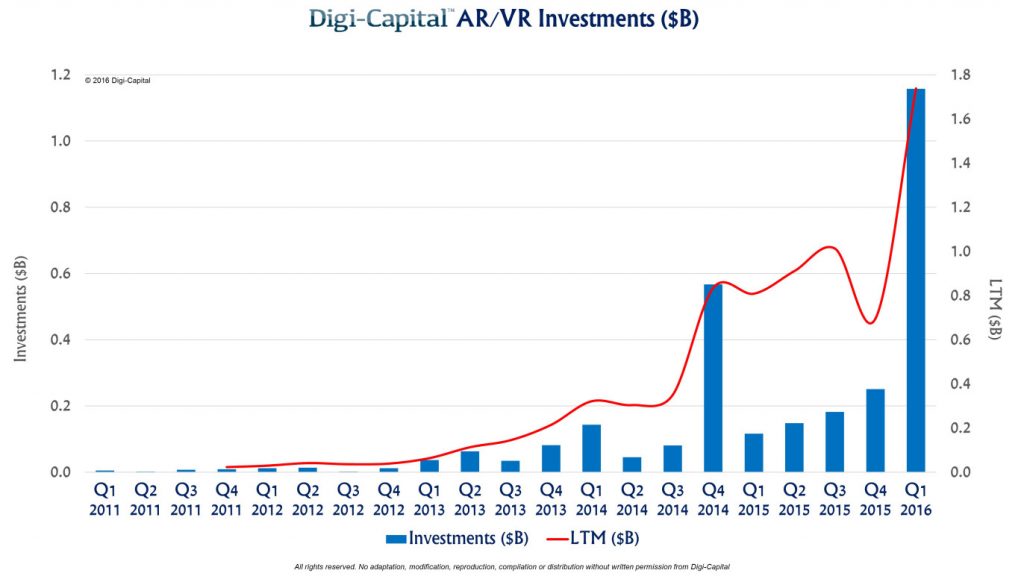
In the last 12 months, VR and AR startups have raised over 2 billion USD worth of capital. The biggest chunk of this goes to Magic Leap, which raised a huge 793 million funding led by Alibaba back in February.
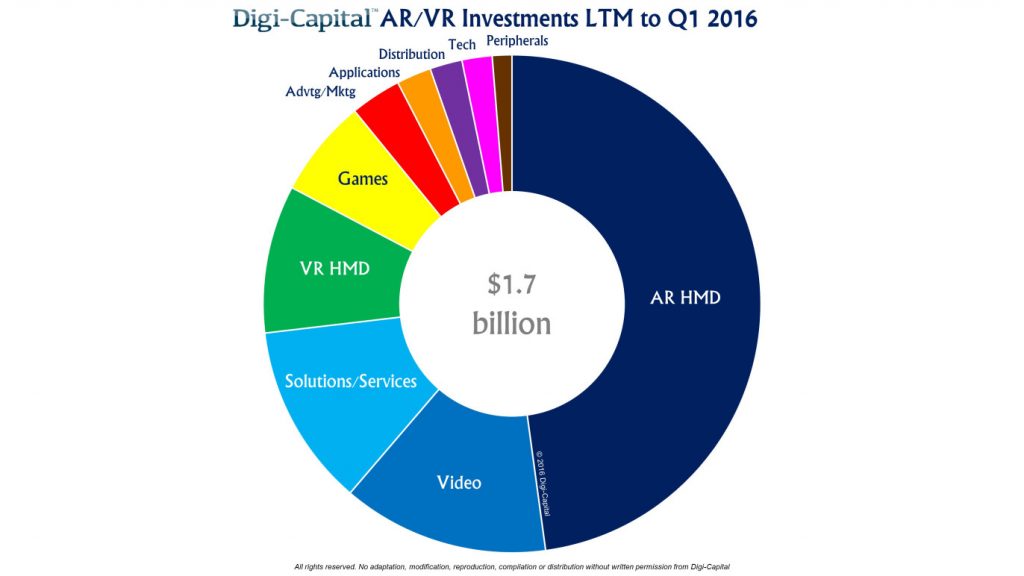
Right now, Investors are betting big on AR as opposed to VR. They believe that VR will be mostly limited to consumer entertainment, while AR has the potential for a much wider scale of applications for enterprise and communications.
Are You Excited Yet?
You better be. When it comes to AR and VR, it’s not a question of if, but when. With sleeping giants like Apple looking to enter the fray, the race for both techs is going to get more heated up than ever before.
If you didn’t hear about AR and VR before this article, you need to brace yourself. You are going to be hearing about them a lot more in the near future.

